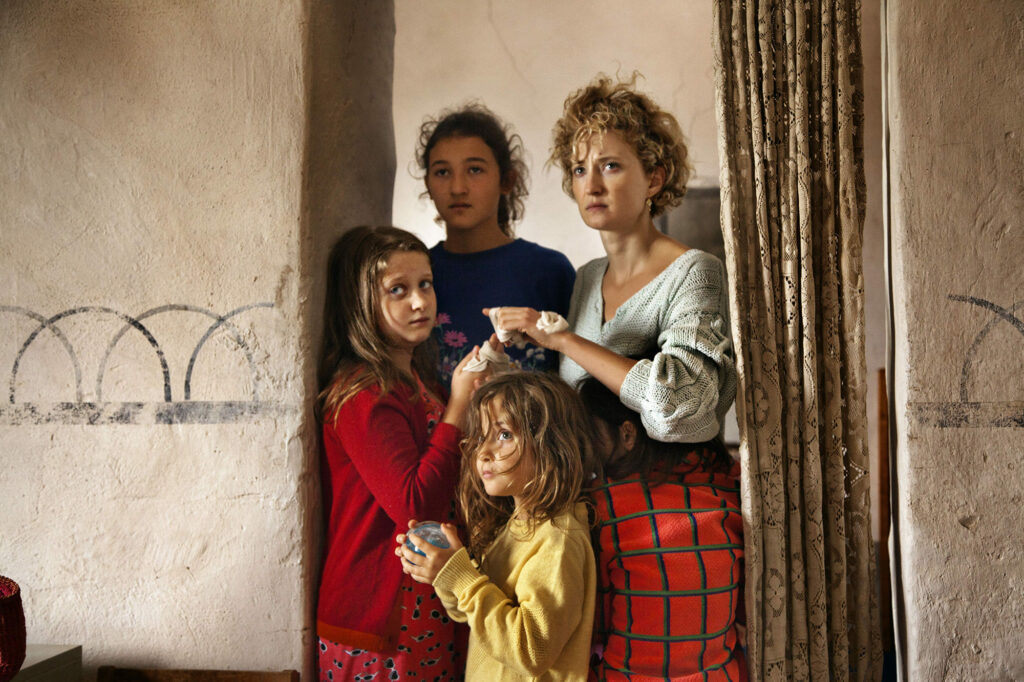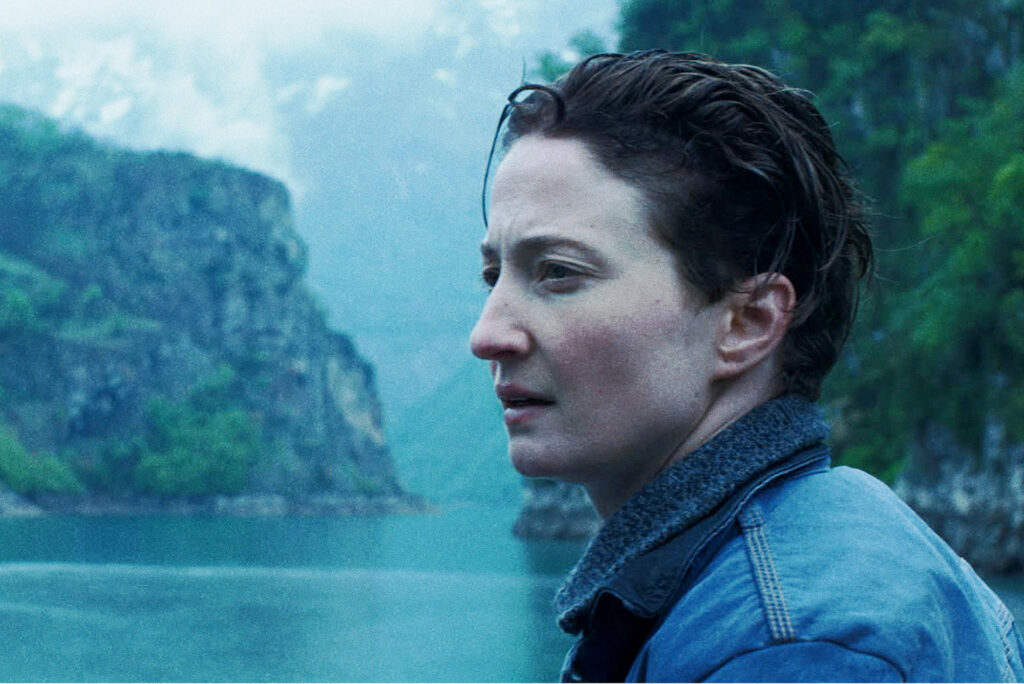
The Wonders: Alice and Alba Rohrwacher – is the title of the retrospective running from the 4th to the 23rd of December at The Museum of Modern Art, giving the American audience the chance to discover or rediscover the enchanting aesthetic world of writer-director Alice Rohrwacher and actress Alba Rohrwacher. Two brilliant talents, two powerful female figures, one spectacular body of work that is weaving back
By Tommaso Cartia
The retrospective was brought to MoMA by Istituto Luce
Enjoy here below Part 1 of The Wonders case-study. Part 2 available at the link at the bottom of the article.
Le Meraviglie (The Wonders), written and directed by Alice Rohrwacher, is the coming of age story of an adolescent, Gelsomina, and of her conflicted relationship with a father figure who wants to force the inexorable pressing of her adulthood into a muffled, bucolic world out of time. Gelsomina’s family lives in the Umbrian-Tuscan countryside, leading the rural life of the beekeepers, an old-fashioned world where the development of the modern means of production, the advent of capitalism and industrialization, seem never to have passed and never having affected its virginal genuineness.
The family is constituted by the authoritarian father-master from German origins, Wolfang; the young Italian mother, Angelica (played by Alba Rohrwacher); the younger sister, Marinella; two younger sisters; and Cocò, a young German girl, a handyman
The program is a contest, a sort of reality show, where different family-run businesses from the area can participate by showcasing their local products. The win is a significant amount of money. Gelsomina is charmed by the Fairy
Another disturbing element for the quiet life of the family will be the arrival of Martin, a young German orphan, who will spend a few months with them to help Wolfang with the heaviest jobs. Martin is another reason for restless upheavals for Gelsomina, the gradual transition from the age of puberty to adulthood; the first innocent, erotic impulses towards the other sex. Gelsomina, the heroine of this story, is therefore animated by two complementary desires, albeit apparently different: the conscious desire to make her family win the television program, and the unconscious one that moves her deep wills – to emancipate herself from the paternal figure and run towards her adult age symbolized by the marvelous mirror of the woman who she would like on day to be, Milly, and by the sentimental object of her desire, Martin. This seems to be the controlling idea of the film, which strongly archetypal, symbolic, but also psychological nature suggests a structural analysis that could, therefore, be based on the model of Vogler’s Hero’s Journey and the analysis of Joseph Campbell’s monomyth: it is in effect a story of separation – initiation – return. But Alice Rohrwacher’s aesthetic undeniably refers also to minimalist narrative styles, a magical neo-realism, where often the photogenic beauty of the frame slows down the narrative rhythms to contemplate the wonders of nature that are the other big protagonists of the film.
The neorealist quotations are therefore well articulated both photographically and on the contents level, starting from the choice of the name Gelsomina, which immediately reminds us of Fellini’s Giulietta Masina in La Strada, who in fact, plays a character named Gelsomina.
At the link below please find Part 2 of the study analyzing the movie in the three acts in which the narration is divided, highlighting the various rites of passage of the heroine and the function of the different archetypal figures she encounters in her journey, read through Vogler’s Hero’s Journey and Joseph Campbell’s Monomyth.



